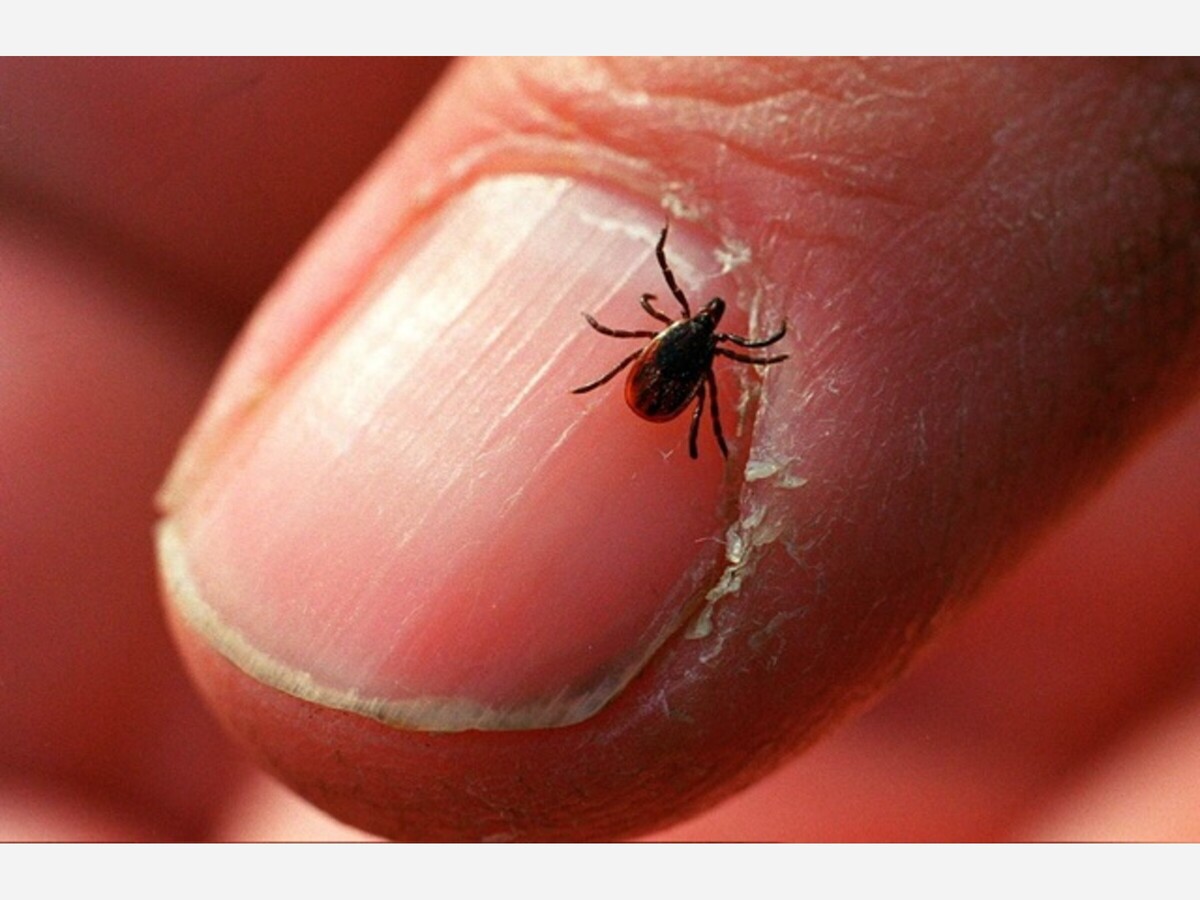Image

A recent Twitter posting received a great deal of attention. The person posting had a huge rash on his arm and wanted to know if he should see a doctor. He wrote that he had been bitten by a tick about 2 days before. Responses overwhelmingly agreed that he should seek medical help to rule out any more complications as the rash was huge. Since there have been more ticks this season, let’s be a little more cautious when outside. Here is what you should know.
Ticks are small, blood-sucking parasites that can transmit a variety of diseases to humans and animals. Some of these diseases, such as Lyme disease, Rocky Mountain spotted fever, and tularemia, can be serious or even life-threatening if not treated promptly.
According to the Montgomery County Department of Health and Human Services, the tick population in the county has increased in recent years due to factors such as climate change, urbanization, and wildlife expansion. Ticks are most active from April to October, but they can be found year-round in wooded, grassy, or leafy areas.
If you spend time outdoors, especially in tick-prone areas, you should take precautions to prevent tick bites and check yourself and your pets for ticks regularly. Here are some tips to help you stay safe:
Ticks can carry a number of diseases that can be life threatening, such as:
-Rocky Mountain spotted fever (RMSF), a bacterial disease that can cause fever, headache, rash, nausea, vomiting, abdominal pain, muscle pain, lack of appetite, and red eyes. It can damage the blood vessels and organs if not treated with antibiotics. It can be transmitted by the American dog tick, Rocky Mountain wood tick, and brown dog tick.
- Powassan virus, a rare but potentially serious infection that can cause fever, headache, vomiting, weakness, confusion, seizures, memory loss, and inflammation of the brain and spinal cord. There is no specific treatment or vaccine for this virus. It can be transmitted by the blacklegged tick and the groundhog tick.
- Tularemia, a bacterial disease that can cause skin ulcers, fever, swollen lymph nodes, headache, fatigue, and pneumonia. It can be treated with antibiotics. It can be transmitted by the dog tick, the wood tick, and the lone star tick.
- Babesiosis, a parasitic disease that can cause fever, chills, sweats, headache, body aches, loss of appetite, nausea, and fatigue. It can also cause hemolytic anemia (destruction of red blood cells) and low platelets (cells that help blood clot). It can be treated with anti-parasitic drugs. It can be transmitted by the blacklegged tick.
Although not often, Lyme Disease can be critically troublesome. In order to get Lyme disease, a person must be bitten by a blacklegged tick (also known as deer tick or bear tick) that is infected with the Lyme disease bacteria. On average, about 1 in 3 adult blacklegged ticks and 1 in 5 blacklegged tick nymphs (immature stage) are infected with Lyme disease bacteria. Lyme Disease can go undetected for years and the person may not be affected. Even if it is left untreated, most people with the infection will never develop serious complications. Untreated, however, complications that can occur later may include: Joint infection, usually involving a single large joint such as the knee. Nervous system disease, including memory problems, meningitis and encephalitis which can be very serious.
If you squash the tick while it's on you, you may increase the risk of infection or allergic reaction. According to the Mayo Clinic, you should never crush a tick with your fingers. Instead, you should use clean, fine-tipped tweezers to grasp the tick as close to the skin as possible and pull it out gently and steadily. If you leave any parts of the tick in the skin, you should try to remove them with tweezers or leave them alone and let the skin heal. After removing the tick, you should clean the bite area and your hands with rubbing alcohol or soap and water. You should also save the tick in a container of alcohol to show your doctor if you develop any symptoms of tick-borne diseases.
If you have any symptoms of these or other tick-borne diseases after a tick bite, you should see your doctor as soon as possible.
Early diagnosis and treatment is a good thing to consider .